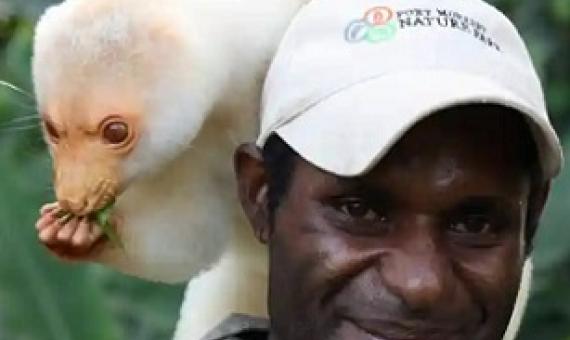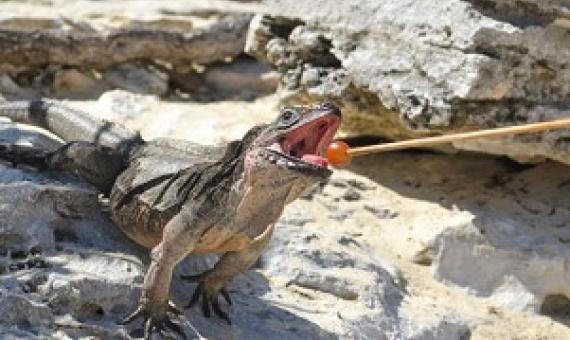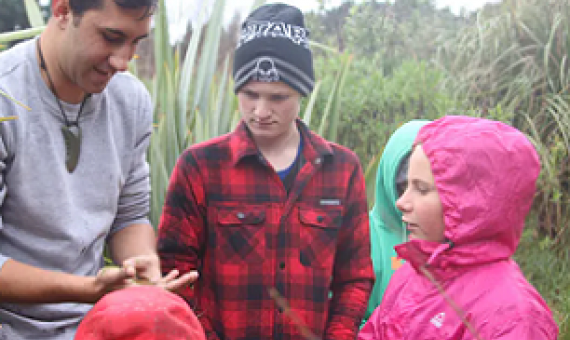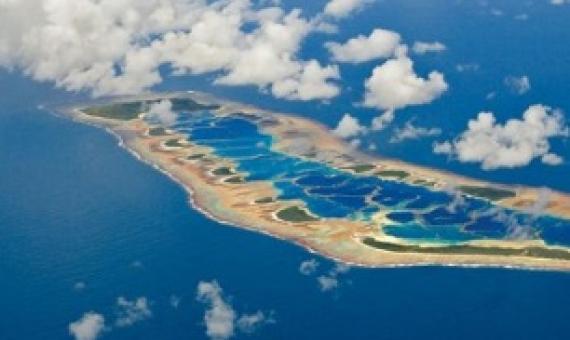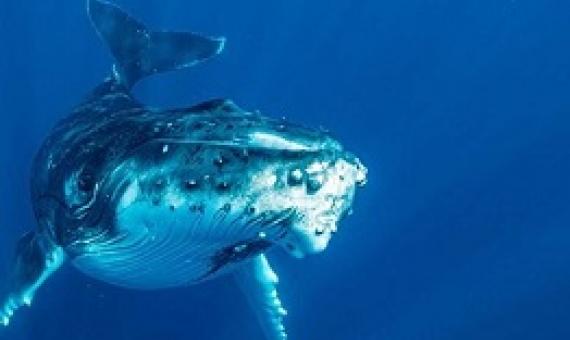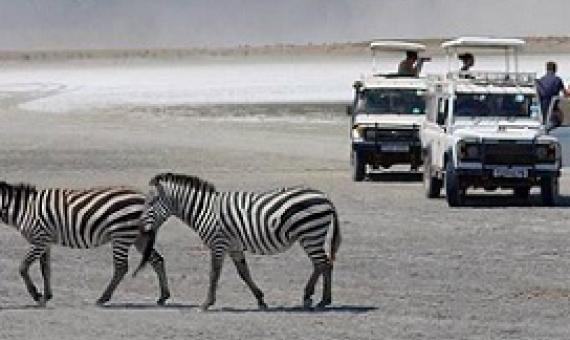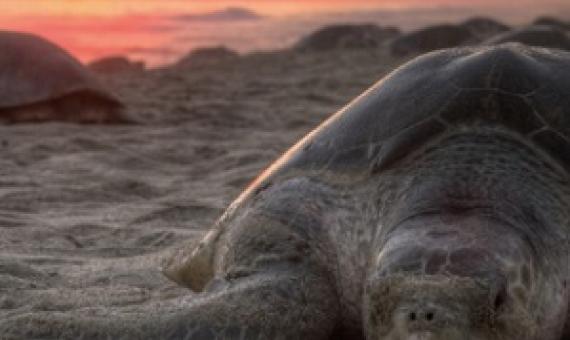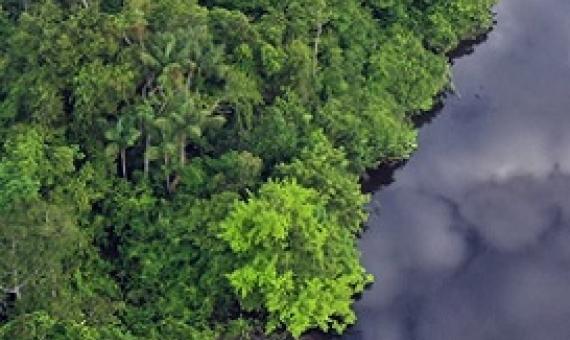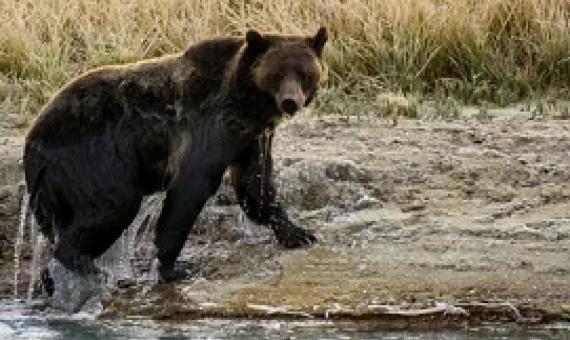From the heat and dust of the city’s noisy, crowded streets, the Port Moresby Nature Park is an oasis, for the city’s residents as well as the animals it keeps.
The Consequences of COVID‑19 and Other Disasters for Wildlife and Biodiversity
We review the economic channels by which the COVID-19 pandemic and subsequent policy responses may affect wildlife and biodiversity. The pandemic is put in the context of more than 5,000 disease outbreaks, natural disasters, recessions and armed conflicts in a sample of 21 high biodiversity countries. The most salient feature of the pandemic is its creation of multiple income shocks to rural and coastal households in biodiverse countries, correlated across sectors of activities and spatially. Various research and policy opportunities and challenges are explored.
The study, which received funding from the National Science Foundation (NSF) this week, is just one example of how wildlife scientists are now working to understand the impacts of what many are calling the “anthropause”—the dramatic slowdown in human activity caused by the pandemic.
...centring Indigenous peoples, knowledge and practices achieves better results for wildlife translocations. Moving plants and animals to establish new populations or strengthen existing ones can help species recovery and make ecosystems more resilient.
From a Wuhan, China, “wet market” where freshly butchered meat and live wild animals are sold for food and medicine, the virus likely was transmitted in late 2019 via wildlife to humans.
The world is shut. Ninety+ countries have closed their borders. Seventy-five to 100 million people working in tourism are projected to lose their jobs. And trillions of dollars will evaporate from global economies. The overall picture is beyond stunning.
Safari tourism has long been an economic boon to people living in Africa. But the suspension of flights and safari visits because of the COVID-19 pandemic has decimated this critical source of income – and devastated the wildlife conservation efforts it funds.
Despite news stories about nature benefiting from the COVID-19 crisis, one funder of conservation projects worldwide is skeptical that there really are significant improvements in the status of wildlife.
More and more of the world’s forests are becoming “empty” or “silent,” as wildlife populations decline. This has many ecological consequences, but notably hinders a forests’ ability to regenerate and hence its ability to absorb and store carbon.
Earlier this month, for the first time in recent memory, pronghorn antelope ventured into the sun-scorched lowlands of Death Valley national park.

